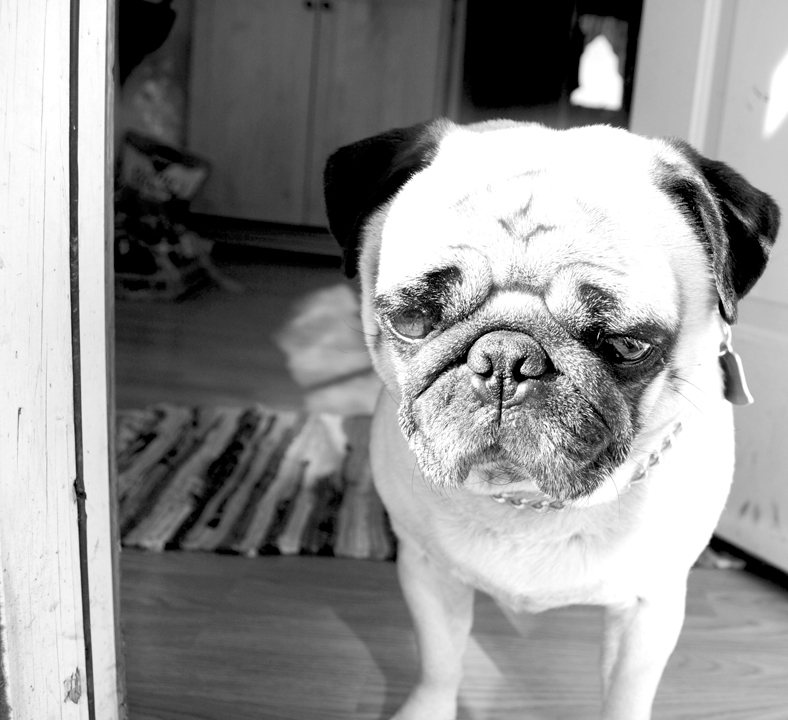The summer months are sure to have warm weather, which can be good for humans, but dangerous for animals.
To help, Carolyn Worthen, director of the Vet Tech program at Sinclair Community College has provided tips for students to help keep pets safe during the summer months.
“Summer can be a dangerous time for many different pets,” Worthen said. “But some more than others.”
According to Worthen, llamas, alpacas, pigs and short-faced breeds of dogs including boxers, bulldogs and pugs, are not able to cool themselves as easily as other species and breeds.
“As temperatures start to rise about 70 degrees, you need to provide extra water and shade for your pet,” she said.
For students who like to take their pet on a car ride, Worthen said that even with the windows down on a hot day will not cool the car enough for the pet to be comfortable.
“Temperatures of 70 degrees or above can cause that temperature in a car to increase to 90 degrees or more,” Worthen said. “Even leaving the windows open will not cool the car sufficiently. Do not leave an animal in your car from late spring to early fall — they can die.”
For those choosing to travel long distances with an animal in the vehicle, Worthen recommends taking frequent stops for water and potty breaks.
“Make sure your pet is up to date on vaccinations prior to traveling anywhere,” she said. “Most airlines will not transport a pet in the cargo hold in summer months. But if travel is permitted, provide your pet with ice packs or an ice blanket, fresh water and frozen water during the trip.”
When sun is a concern, Worthen said to be careful where you walk your pet — hot asphalt, concrete and sand can burn your pet’s feet just like it can our own.
“Hot sun can burn you and your pet — especially lighter-haired pets with pink skin. Provide shade or pet sun-block to avoid skin damage and pain.”
Worthen also said to not throw your pet in water, as some pets do well in it and others don’t.
“All pets typically need time and practice to learn to swim. Do this slowly by coaxing in with treats,” she said. “Throwing your pet in the water will likely cause it to associate water with fear.” Another concern during the summer months is heat stroke.
Worthen said the early signs of heat stroke include panting or increased breathing, drooling, lying flat, having difficulty standing and having a bright red tongue and gums.
“To treat your pet [for a] heat stroke, apply alcohol to foot pads, ice packs to groin area, water your pet down, offer pet ice chips and water slowly, as well as Pedialyte to restore electrolytes,” she said.
If your pet is unwilling or unable to move, has blue or white gums, an increased noise heard when breathing and uncontrolled urination or defecation, Worthen said to get your pet to the vet right away for treatment.
“The vet will most likely start IV fluids and continue treatment until the pets temperature is 100 to 102 degrees.”
For the safety of animals, be aware of how the warm weather can affect them.

